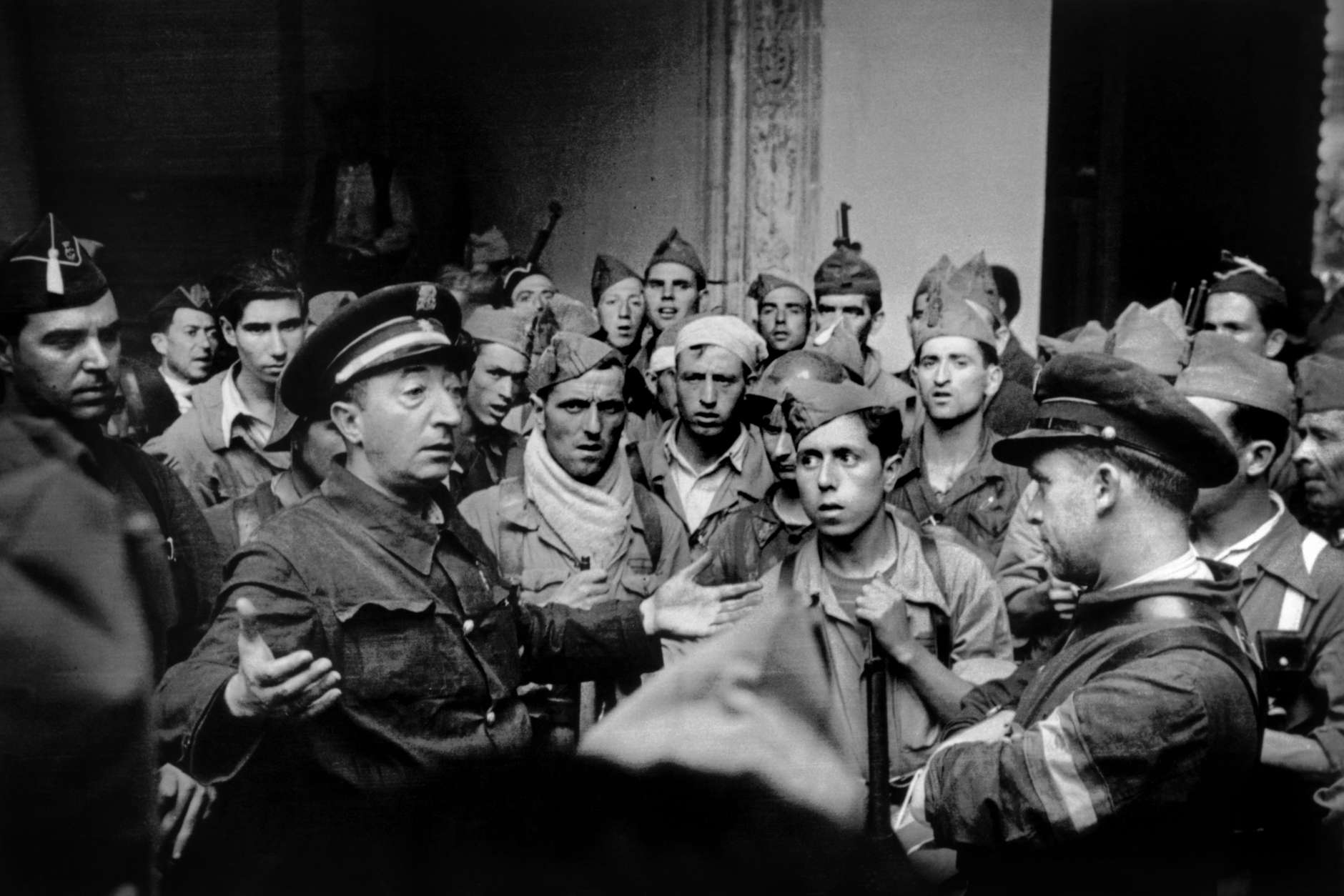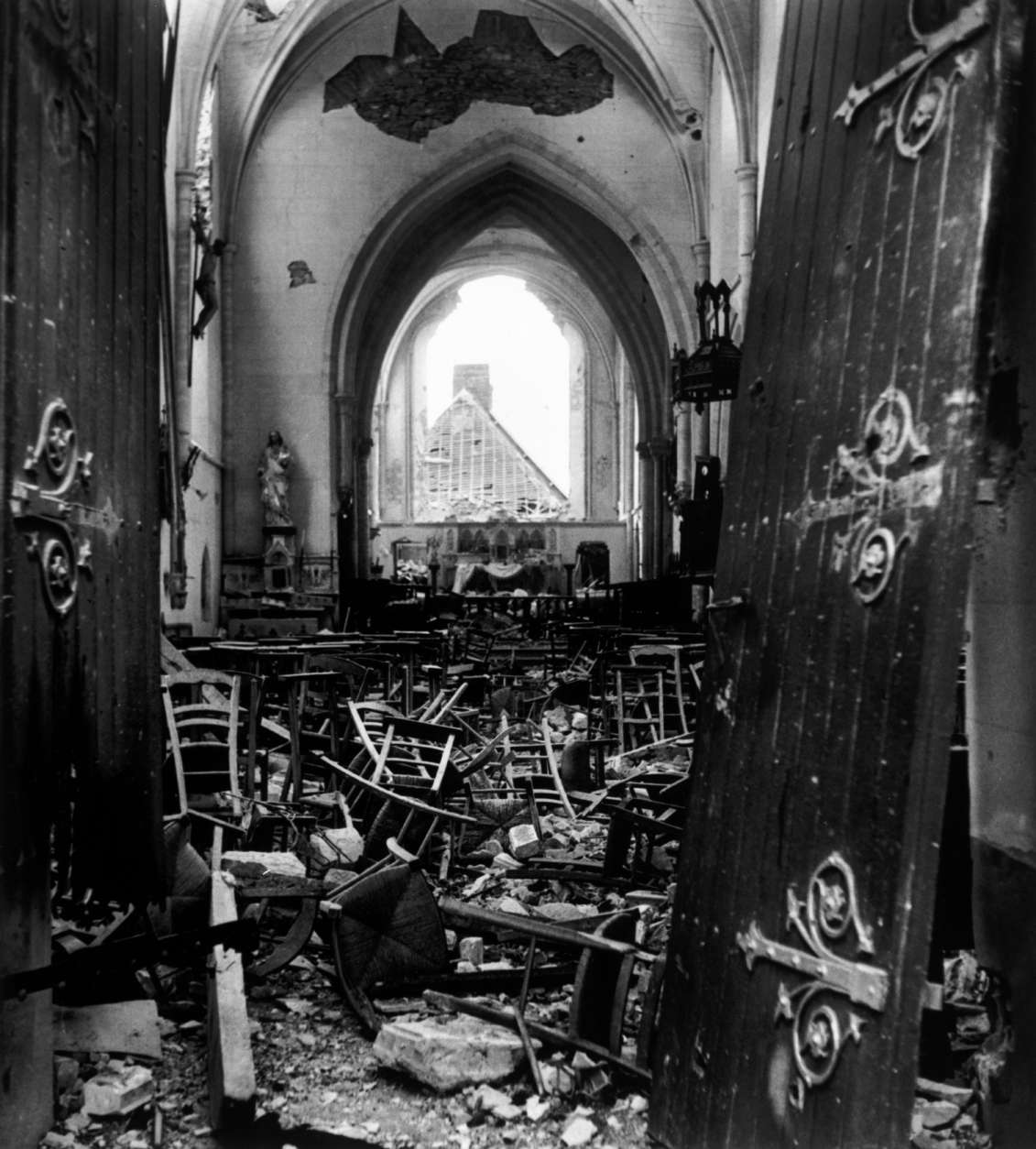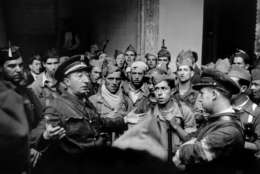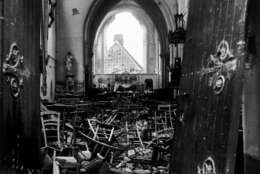WASHINGTON — It’s simple to access news and photographs from around the world today. But in the 1930s, the photographs by Robert Capa and Gerda Taro helped communicate impressive sights from the Spanish Civil War and lay the groundwork for future war reporting.
Considered some of the first to depict modern warfare, Capa and Taro brought a human face to war. It’s the subject of a new book, “Eyes of the World: Robert Capa, Gerda Taro, and the Invention of Modern Photojournalism” by Marc Aronson and Marina Budhos.
![Line of refugees with their belongings on the road from Barcelona to the French border], January 25, 1939
©International Center of Photography/Magnum Photos](https://wtop.com/wp-content/uploads/2017/04/Copy-of-213-1875x1254.jpg)
![Robert Capa, [European immigrants gathered on the railing of a boat arriving in port, Haifa, Israel], May-June 1949
©International Center of Photography/Magnum Photos](https://wtop.com/wp-content/uploads/2017/04/Copy-of-227-1592x1254.jpg)
![Gerda Taro, [Republican militiawoman training on the beach, outside Barcelona], August 1936
©Gerda Taro, Courtesy International Center of Photography](https://wtop.com/wp-content/uploads/2017/04/Copy-of-49-1217x1254.jpg)
![Robert Capa, [Farewell ceremony for the International Brigades, Les Masies, Spain], October 25, 1938
©International Center of Photography/Magnum Photos](https://wtop.com/wp-content/uploads/2017/04/Copy-of-207a-1663x1254.jpg)


![Robert Capa, [American troops landing on Omaha Beach, D-Day, Normandy, France], June 6th, 1944
©International Center of Photography/Magnum Photos](https://wtop.com/wp-content/uploads/2017/04/Copy-of-3-1880x1246.jpg)
![Robert Capa, [Using the hood of a jeep as an altar, a Roman Catholic chaplain saying mass at the inauguration of an American cemetery, Omaha Beach, Normandy], June 1944
©International Center of Photography/Magnum Photos](https://wtop.com/wp-content/uploads/2017/04/Copy-of-220-1693x1254.jpg)
![Line of refugees with their belongings on the road from Barcelona to the French border], January 25, 1939
©International Center of Photography/Magnum Photos](https://wtop.com/wp-content/uploads/2017/04/Copy-of-213-260x174.jpg)
![Robert Capa, [European immigrants gathered on the railing of a boat arriving in port, Haifa, Israel], May-June 1949
©International Center of Photography/Magnum Photos](https://wtop.com/wp-content/uploads/2017/04/Copy-of-227-260x174.jpg)
![Gerda Taro, [Republican militiawoman training on the beach, outside Barcelona], August 1936
©Gerda Taro, Courtesy International Center of Photography](https://wtop.com/wp-content/uploads/2017/04/Copy-of-49-260x174.jpg)
![Robert Capa, [Farewell ceremony for the International Brigades, Les Masies, Spain], October 25, 1938
©International Center of Photography/Magnum Photos](https://wtop.com/wp-content/uploads/2017/04/Copy-of-207a-260x174.jpg)


![Robert Capa, [American troops landing on Omaha Beach, D-Day, Normandy, France], June 6th, 1944
©International Center of Photography/Magnum Photos](https://wtop.com/wp-content/uploads/2017/04/Copy-of-3-260x174.jpg)
![Robert Capa, [Using the hood of a jeep as an altar, a Roman Catholic chaplain saying mass at the inauguration of an American cemetery, Omaha Beach, Normandy], June 1944
©International Center of Photography/Magnum Photos](https://wtop.com/wp-content/uploads/2017/04/Copy-of-220-260x174.jpg)
The couple used 33 mm cameras — a piece of technology that had a profound impact on the war and journalism, Budhos said.
“These have fast shutter speeds. They were light. They were palm-sized,” Aronson said, adding that the young couple was quick to adapt to the new tool and make a living from it.
Budhos and Aronson said they were inspired to write about the couple that loved and died on the front line because they were true equals.
“What we learned was that Robert Capa and Gerda Taro were true collaborators — artistic equals. They were equals as lovers, as partners, as thinkers — it really appealed to me to have us together write about another couple that functioned together in the arts,” Aronson said.
WTOP’s Dimitri Sotis contributed to this report.








